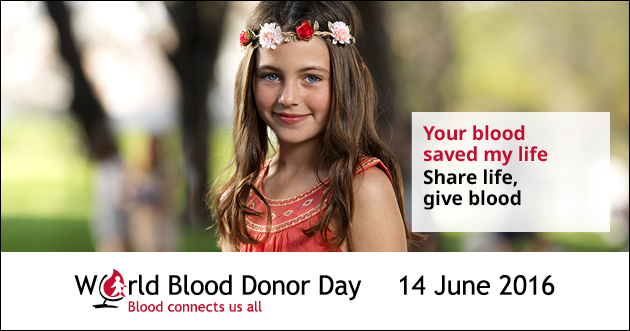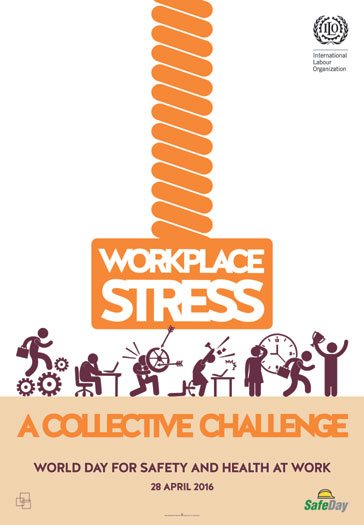Every year on June 12 the World Day Against Child Labor is observed to raise awareness of the plight of child laborers world-wide. Hundreds of millions of girls and boys around the world are affected.
affected.
Background
Child labor is especially rampant in many developing countries – but even in industrialized nations many children are forced to work. According to UNICEF, children in the United States “are employed in agriculture, a high proportion of them from immigrant or ethnic-minority families.”
There have also been a number of incidents of westerns companies exploiting child laborers in developing countries to save production costs.
In 2011, there were an estimated 215 million child laborers in the world – 115 million of which were involved in hazardous work. To combat child labor around the world the International Labour Organization (ILO) initiated the World Day Against Child Labor in 2002.
Source: Text: timeanddate.com Image: forwardprogressives.com
 anually on June 14. Giving blood is easy and saves lives.
anually on June 14. Giving blood is easy and saves lives. This year, “Workplace Stress: a collective challenge” is the theme of the campaign of the World Day for Safety and Health at Work. The report will draw attention to current global trends on work-related stress and its impact.
This year, “Workplace Stress: a collective challenge” is the theme of the campaign of the World Day for Safety and Health at Work. The report will draw attention to current global trends on work-related stress and its impact.